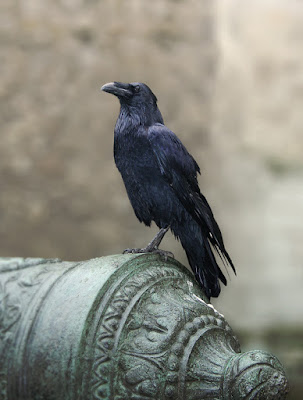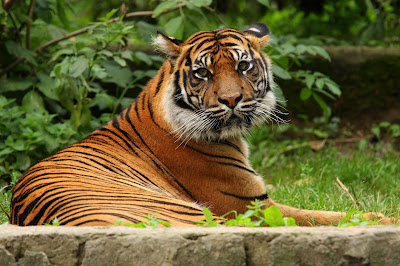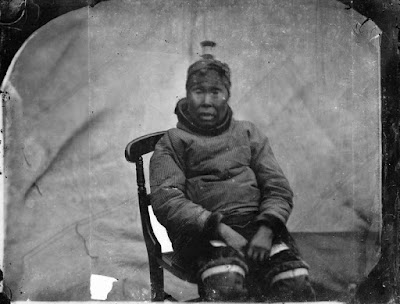Reading Notes: Tibetan Folktales, Part B
For this week's readings, I chose Tibetan Folktales as seen in Tibetan Folk Tales by A. L. Shelton with illustrations by Mildred Bryant (1925). My favorite story out of those listed for Part B was How the Raven Saved the Hunter. I found it incredibly touching and sad how the hunter tried to kill the very thing that was trying to save him.
How the Raven Saved the Hunter:
A hunter is thirsty and makes a cup from a leaf. He attempts to drink water from a local stream but a raven flies down and knocks the cup out of his hands. This happens three times before the hunter decides to kill the raven. He shoots it down, killing it, and then decides to explore the source of the water. He finds that the water is coming out of the gaping mouth of a huge snake and that tons of animals have died from drinking the water, their bones accumulating on the side of the stream. The hunter then regrets killing the raven that was only trying to save him.
In my retelling, the story will be told from the point of view of the hunter. He will tell the story, showing how thirsty he was, how desperate for water, and how frustrated he became when the raven kept knocking the water out of his hand, culminating in him savagely killing the bird. His retelling will build up suspense as he starts to realize that there are tons of animal bones around him and that the source is a giant snake. He will then lament about killing the raven and vow to never kill another animal again, giving up hunting and eating meat forever. Every time he sees a raven, he will think about the kindness of that one bird and his love for animals will grow even more.
How the Raven Saved the Hunter:
A hunter is thirsty and makes a cup from a leaf. He attempts to drink water from a local stream but a raven flies down and knocks the cup out of his hands. This happens three times before the hunter decides to kill the raven. He shoots it down, killing it, and then decides to explore the source of the water. He finds that the water is coming out of the gaping mouth of a huge snake and that tons of animals have died from drinking the water, their bones accumulating on the side of the stream. The hunter then regrets killing the raven that was only trying to save him.
In my retelling, the story will be told from the point of view of the hunter. He will tell the story, showing how thirsty he was, how desperate for water, and how frustrated he became when the raven kept knocking the water out of his hand, culminating in him savagely killing the bird. His retelling will build up suspense as he starts to realize that there are tons of animal bones around him and that the source is a giant snake. He will then lament about killing the raven and vow to never kill another animal again, giving up hunting and eating meat forever. Every time he sees a raven, he will think about the kindness of that one bird and his love for animals will grow even more.
Photo of raven, taken by David Abbet. Source: Flickr




Comments
Post a Comment